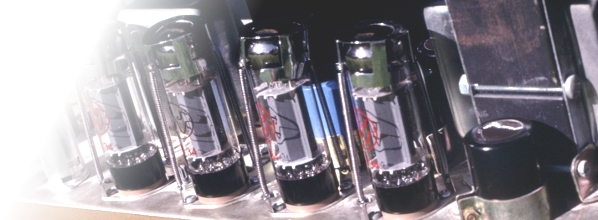Adding Resistors and Capacitors
Here’s a little basic physics lesson that should prove extremely useful when working on your amps. When you add resistors and capacitors in series or parallel, the total values you end up with can be worked out with simple formulae.
Adding capacitors in parallel
When you add capacitors in parallel (i.e. connected together twice, at both ends), the new value you end up with is simply the value of the first capacitor plus the value of the second capacitor. For example, a pair of 250pf capacitors in parallel would give a value of 500pf. A 500pf and a 250pf capacitor in parallel would give a working value of 750pf.
Therefore it’s fair to say that C1 + C2 = Ct, where C1 is the first capacitor’s value, C2 the second’s, and Ct is the resulting capacitance value.
Adding capacitors in series
Here’s where it gets a little harder to work out. In series (i.e. connected one after another), the resulting capacitance is found by this formula:
1 + 1 + 1 + …. = 1
C1 C2 C3 Ct
so you work out the total capacitance by using fractions. Let’s try this with the examples above (250pf and 250pf, 500pf and 750pf):
1 + 1 = 1
250 250 125
1 + 1 = 1
500 750 300
Therefore a pair of 250pf caps in series gives you 125pf capacitance, and a 500pf then 750pf capacitor in series would give you 300pf in capacitance.
Adding resistors in parallel
Now that you’ve learnt how to add capacitor values, you can easily do it now with resistors – it’s just the same but backwards. You use the same formula for adding resistors in parallel as you would for adding capacitors in series, and you also use the same formula for adding resistors in series as you would for adding capacitors in parallel.
Therefore, the total resistance when adding resistors in parallel is simply:
1 + 1 + 1 + …. = 1
R1 R2 R3 Rt
where R1, R2, R3 etc is the first resistor, second resistor, third resistor etc, and Rt is the total resistance gained.
Adding resistors in series
Like adding capacitors in parallel, this is just simple addition again:
R1 + R2 + R3 + … + Rn = Rt
And like all the other examples you can add the first resistor (R1), second resistor (R2), etc, all the way up to as many resistors as you like (Rn being the last resistor), and then of course again Rt is your total resistance.
Related posts:



